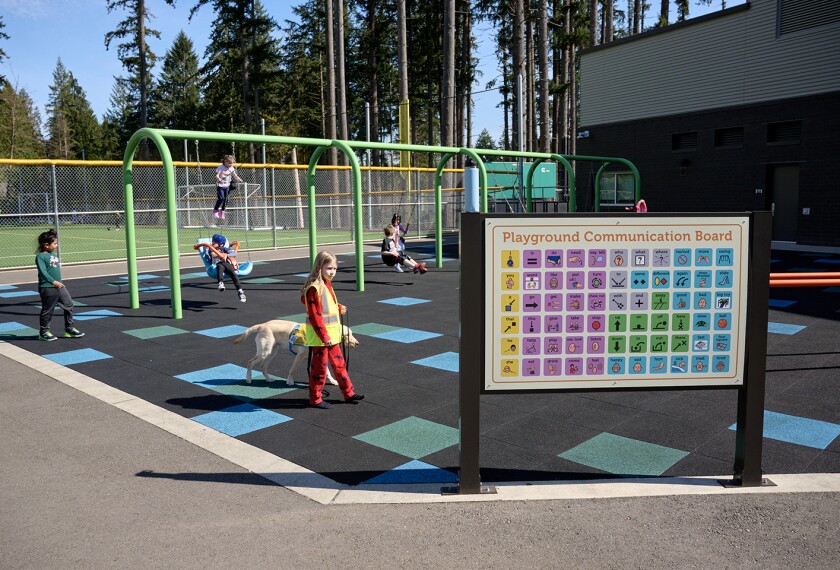Students with disabilities have historically been excluded from the instruction their general education peers receive. When they’re included, oftentimes it’s in an environment that’s not optimized for children with complex learning needs.
The result can be a school community where students with disabilities are included, but where they don’t necessarily belong.
Creating a school community where students with disabilities feel a true sense of belonging and connectedness takes time and intentionality.
But the work benefits all students, boosting their social, emotional, and, often, academic skills regardless of whether they’ve been diagnosed with a disability, according to years of research on the topic.
So, it’s important that schools go beyond simply including students with disabilities in general education classes and clubs, and focus on ensuring such students feel valued and appreciated in those settings, said Erik Carter, the executive director of the Baylor University’s Center for Developmental Disabilities.
Carter, who has conducted extensive research on the topic, has developed what he calls the 10 dimensions of belonging, a list of principles that, together, create an environment in which all students—but particularly those with disabilities who have historically been excluded—feel as if they authentically belong.
Here’s a breakdown of the 10 dimensions of belonging, with questions ���Ķ���vlog can ask to test whether their schools are living by them.









